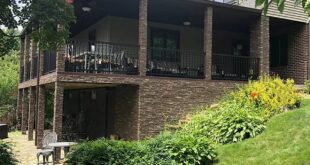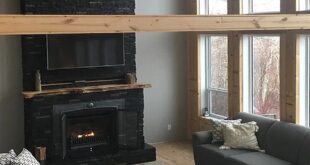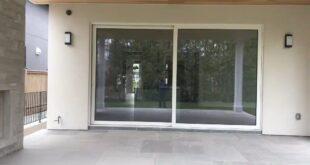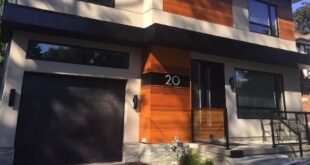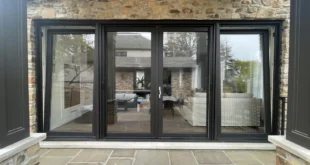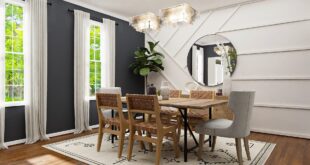The use of wood as a flooring material started during the Middle Ages. Typically, the floors of the common folk at that time were packed earth, only the wealthy had something other – and usually that was slate or other local stones that were easy to obtain. The rare wooden floors were mostly to be found as rough hewn oak or pine planks on the upper floor. The wood was typically milled at the worksite using simple rudimentary hand tools.

The Royalty were the first to have literally “sanded” wood floors – the workers would lay down rough hand-hewn timbers and use hand tools to scrape smooth the flooring before bringing in handfuls of sand that they would rub on the floors until they were as smooth as possible. It was the 1600s when wood began to be more frequently used as flooring, often as unfinished planks supported by wooden joists over dirt or stone.
But harwdood flooring really came into its own in style and elegance during the Baroque Era in Europe. Аrtistic French parquetry and marquetry patterns began to appear. These floors were made from pieces of wood cut by hand and fitted together in contrasting three-dimensional designs – a craftsmanship, that only the ultra rich could pay for. Lesser expensive forms were achieved by painting patterns onto the wood floor with paints and stains to form different patterns and designs.

With the advent of the industrial age and resulting machinery, finer milling and common sizing of wood flooring evolved. Wood floors were mostly available in local species of trees and were installed in relatively simple patterns. With expanding demand and increasing world commerce, the use of different domestic “hardwoods”, as well as more exotic imported species in Europe and North America evolved.
The advent of tongue and groove construction in the Edwardian Era allowed planks to be leveled before installation. This gave hardwood flooring a more polished, uniform look, and the look we are still familiar with today began to take shape. When it came to residential flooring wood was king for these years until the 1940s, as it had little to no competition at all. Then, as a result of the ever-changing design trends, new flooring material options popped up (carpet, resilient flooring, tile, concrete, etc.), and hardwood was deemed “outdated”.
It wasn’t until the late 1980s and the 1990s that hardwood floors began to rise in prominence again. The introduction of engineered wood floors made wood more affordable. And recently, homeowners have begun to rediscover solid hardwood flooring.
Today, a myriad of new patterns, textured surfaces and new finishes continues to reinvigorate the demand for hardwood flooring. The advent of impregnated wood has also resulted in hardwood flooring now being used in commercial and even in public areas.
The photos in this article belong to robarflooring.ca
 Happy at Home Family Problems & Solutions | Home & Health Tips
Happy at Home Family Problems & Solutions | Home & Health Tips


